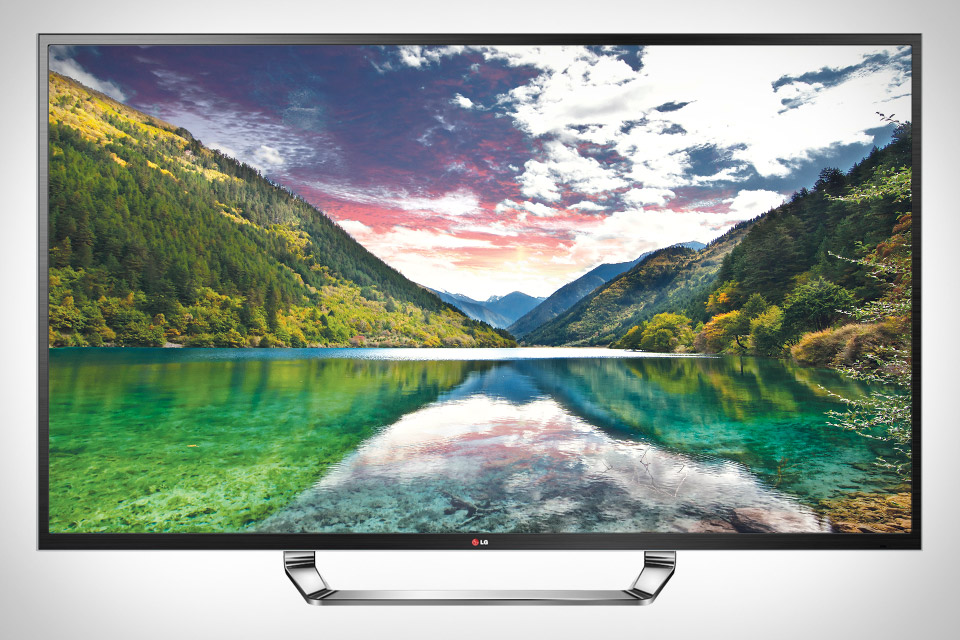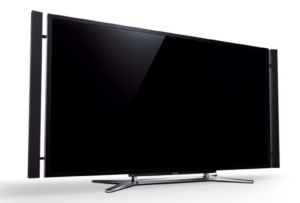The last 10 years have seen TVs advance almost too rapidly to comprehend. First there was Standard Definition (SDTV), followed by HD Ready, before we arrived at Full HD. Now we are entering the brave new world of 4K Ultra HD television.
But what does it all mean?
Simply stated, television definition is measured in pixels – those tiny dots that make up the picture on your screen. Basically the more pixels you have, the sharper the picture definition will be. To complicate matters, your TV can conform to either the European standard PAL or the American NTSC standard.
We’ll stick with PAL, as that’s the system we use here in South Africa and is also used in Europe and Australia.
PAL SDTV uses a resolution of 704×576, or 704 pixels horizontally and 576 pixels vertically. The pixel count remains the same, regardless of the size of your TV screen – a 42-inch standard TV has the same number of pixels (405,504 to be exact) on the screen as a 15-inch model. Remember that TV size is measured diagonally across the screen.
HD Ready increases the number of pixels with a resolution of 1280×720. Although you can watch HD films or view pictures on an HD Ready TV, you won’t see all the detail that a Full HD TV will show. A Blu-ray disc, for example, uses Full HD, but you can watch these on an HD Ready TV.

Full HD raises the resolution even further, to 1920×1080 and is the latest “standard” for HDTV with a grand total of 2,073,600 pixels. This is commonly referred to as 2 megapixels.
Now manufacturers are introducing Ultra HD TVs, also known as 4K TVs. Ultra HD has a resolution in theory of 4096×2160, although in practice the resolution of an Ultra HD TV is actually 3840×2160 – a total of 8,294,400 pixels. The name 4K TV is given to most TVs that have around 4,000 pixels horizontally.
Of course, Ultra HD TVs don’t come cheap. Just now, you can pick up a LG 84” Ultra HD Edge LED TV on bidorbuy for a

mere R140,999. Or how about a Sony 84” X Series Bravia Ultra HD LED TV for just R263,340.00. Samsung have also hit the market with their S9 4K 85” LED TV, so if you have the money, there are models already available to buy.
And don’t think this is just a fad – film and TV cameras are already shooting at 4K resolution and many digital remastering projects are working in 4K. Even the new Xbox One will have 4K support.
So if you’re in the market for a new TV, consider an Ultra HD model. Your investment will be future-proofed and your enjoyment levels quadrupled!








